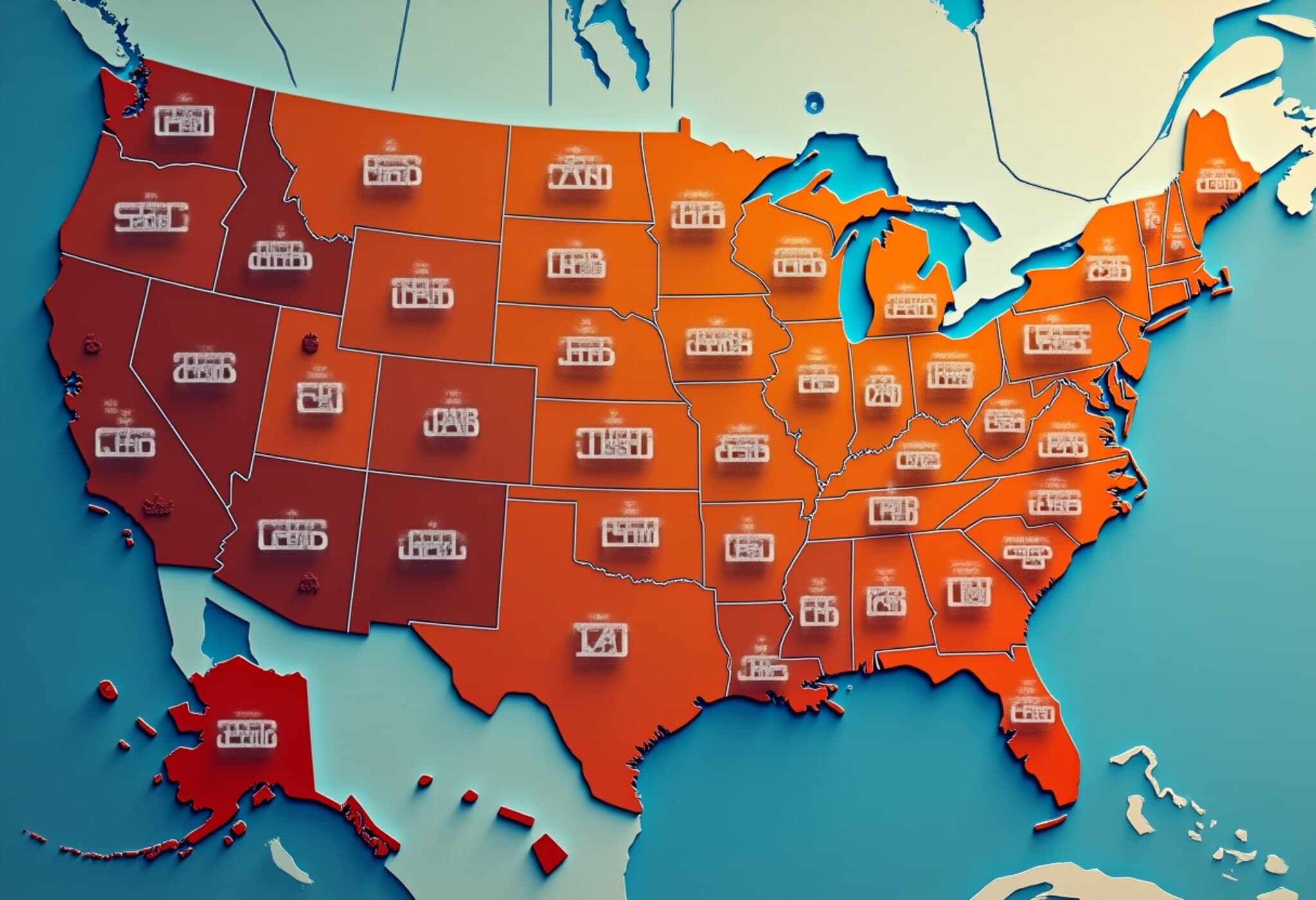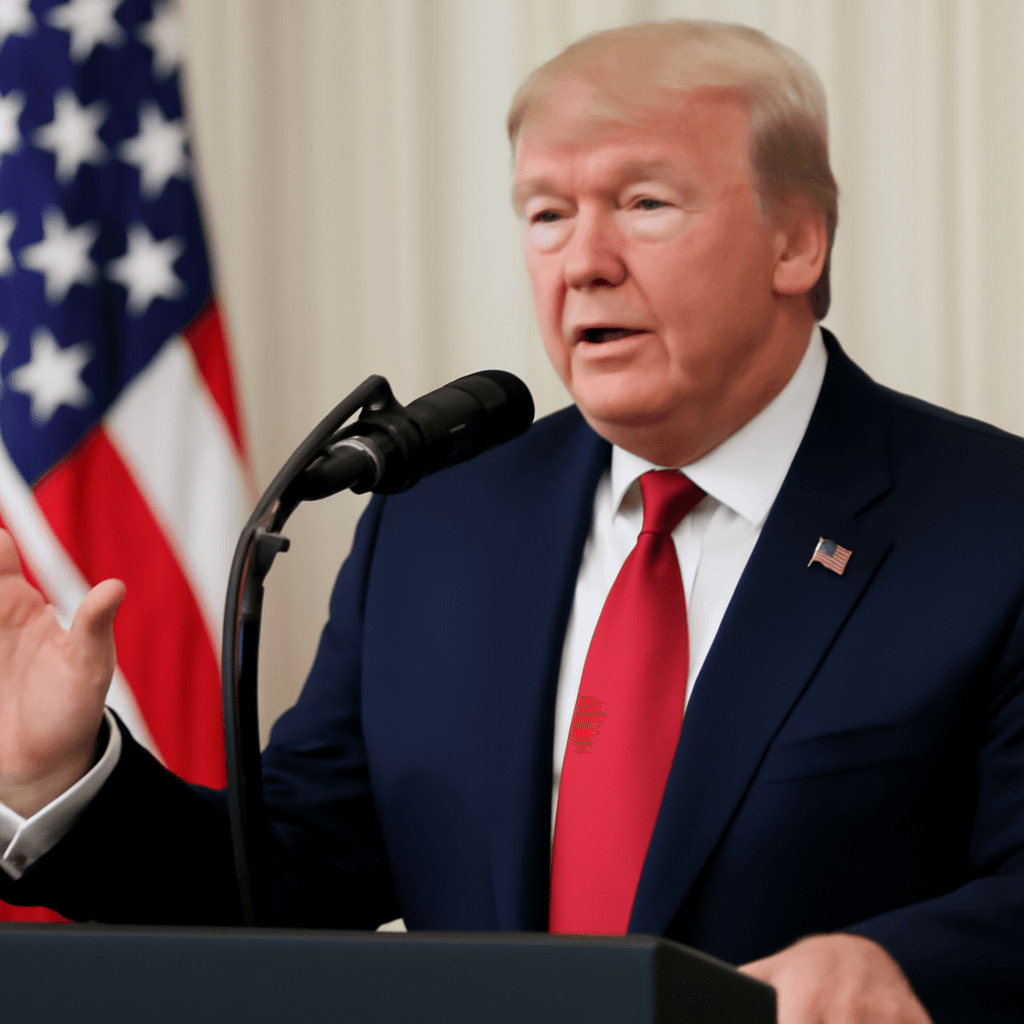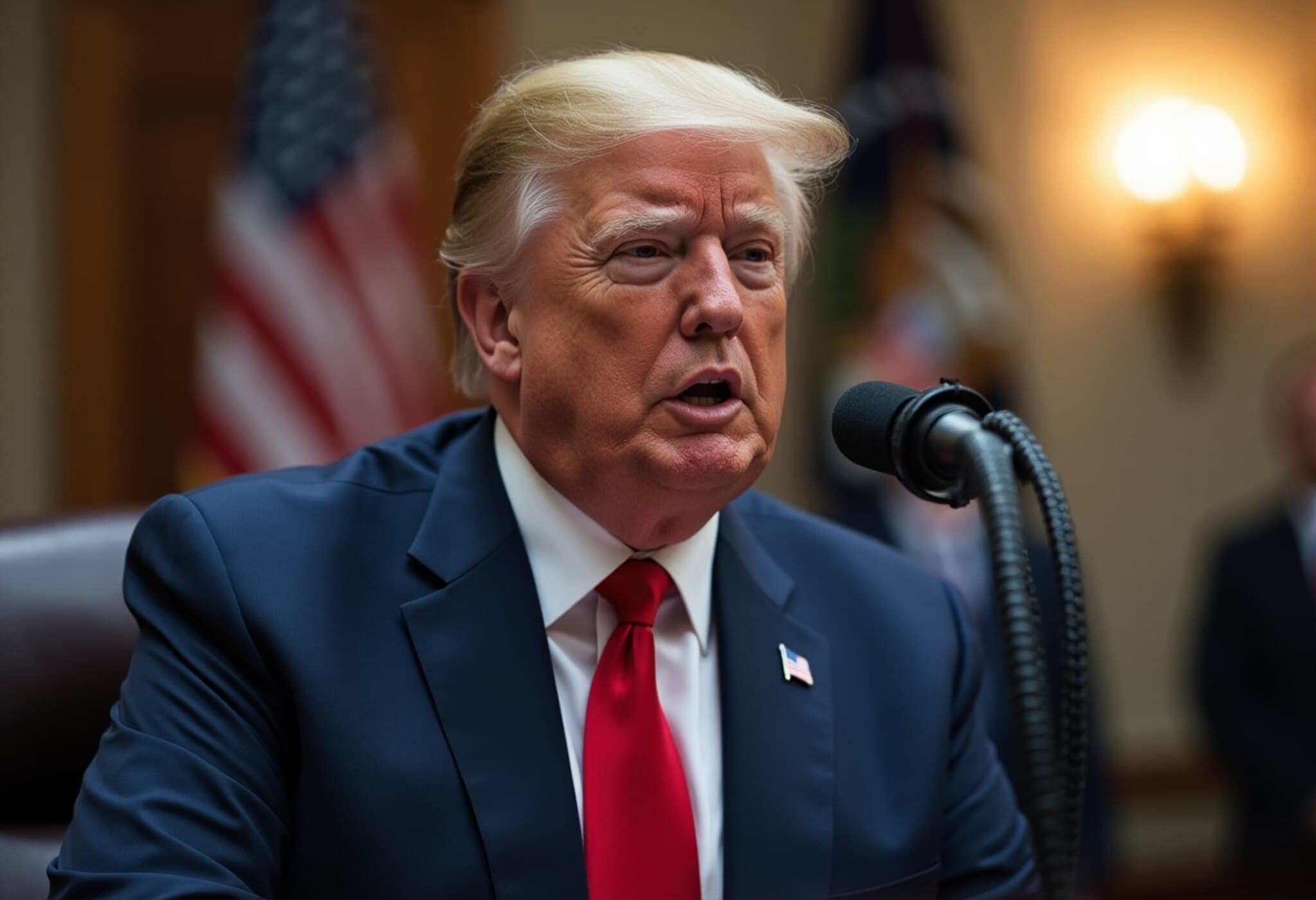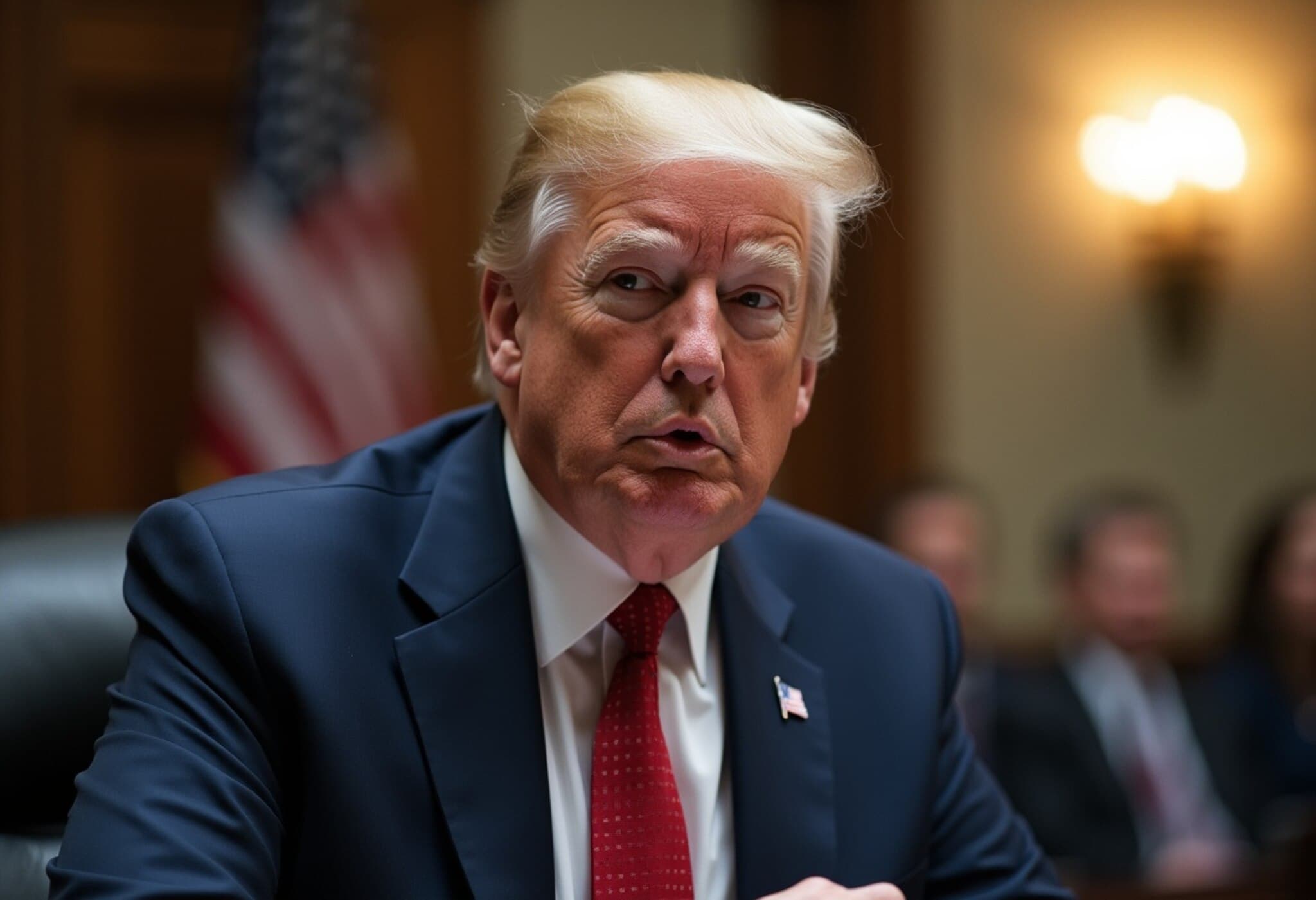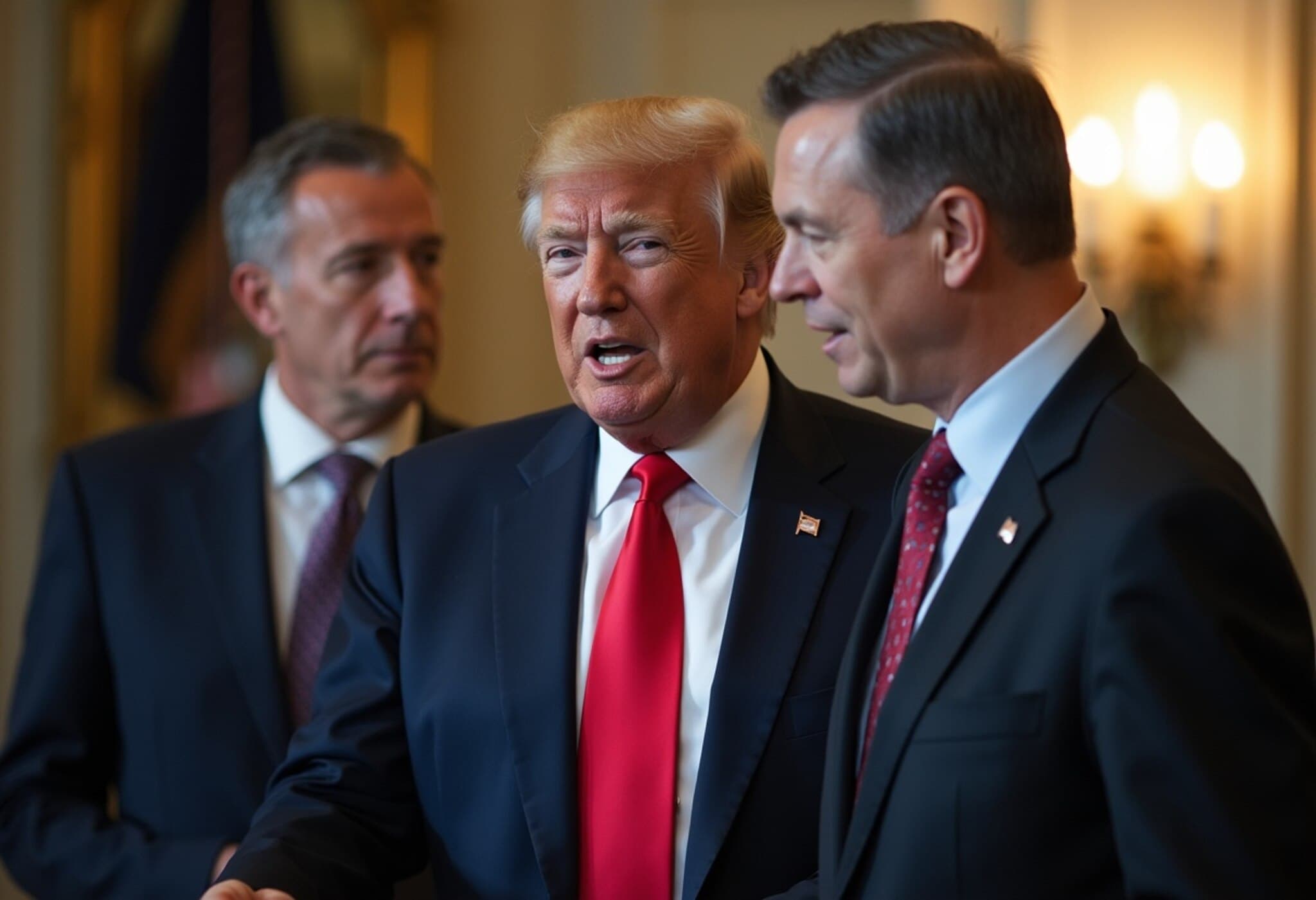Introduction: Navigating Economic Uncertainty in America’s States
As 2025 unfolds amid persistent economic jitters, states across the U.S. are competing vigorously to attract businesses by showcasing their economic stability and growth prospects. However, behind the marketing rhetoric, some state economies appear more fragile than others, deeply exposed to risks from potential recession triggers such as federal budget cuts, trade tensions, and weakening local industries.
This analysis highlights the 10 U.S. states with the weakest economic positions heading into 2025, underlining their vulnerabilities and the key factors shaping their outlook. It draws upon CNBC’s annual Top States for Business rankings, traditional economic indicators, federal dependence, and exposure to international trade conflicts to paint a comprehensive picture.
Why Economic Stability Is the Crown Jewel in State Competitiveness
In the battle for corporate investment, economic strength and stability lead the discussion, according to a review of states' economic development messaging. Terms related to a robust economy appeared 222 times across official state materials—well ahead of infrastructure mentions.
Tom Stringer, a seasoned site selection consultant at Grassi Advisors, explains, “Businesses prioritize environments offering consistency because it enables operational certainty and control over costs, reflecting broader economic health.” This prioritization informs CNBC’s methodology, which assigns the greatest weight to economic factors when ranking states.
Methodology: What Makes an Economy Vulnerable?
- Traditional indicators: GDP growth, job growth, fiscal health, housing market strength, and corporate headquarters count.
- Federal reliance: Percentage of state budgets funded by federal dollars and size of federal employment.
- Trade risk: Exposure to international trade conflicts, especially with China, based on research from Trade Partnership Worldwide.
Top 10 States with the Weakest Economies in 2025
10. Oregon
Oregon’s reliance on international trade, especially with China, accounts for nearly a quarter of its GDP, exposing it to trade war fallout. Facing near economic stagnation and slow job growth, the state’s economic outlook remains tenuous despite a solid Moody’s AA1 rating.
- GDP (2024): $265.1B (+1.2%)
- Job Growth: 0.6%
- Federal Funds % of Budget: 32%
- International Trade Share: 23.2%
9. West Virginia
Despite some recent growth, federal job cuts and weakening labor forces signal economic distress for West Virginia. Tax cuts have yet to stimulate significant growth, while Medicaid cuts loom, raising policy concerns.
- GDP (2024): $83.7B (+3.5%)
- Job Growth: 0.2%
- Federal Funds % of Budget: 28%
- International Trade Share: 11.6%
8. North Dakota
North Dakota boasts fiscal reserves yet faces a contracting economy due to plummeting oil prices. Its energy sector, a vital economic pillar, sees production cutbacks, compounding risks despite a stable credit rating.
- GDP (2024): $59.9B (-0.7%)
- Job Growth: 1.5%
- Federal Funds % of Budget: 31%
- International Trade Share: 20.7%
7. Illinois
Illinois benefits from a strong corporate presence and balanced budgets but wrestles with the nation’s deepest pension liabilities and lingering fiscal challenges. Its significant exposure to trade disruptions adds to economic uncertainty.
- GDP (2024): $895.3B (+1.1%)
- Job Growth: 0.7%
- Federal Funds % of Budget: 19%
- International Trade Share: 31.6%
6. Rhode Island
While demonstrating steady growth, Rhode Island struggles to attract foreign investment and new businesses. Its high federal dependency and a small but vulnerable trade footprint further limit its economic resilience.
- GDP (2024): $65.3B (+3.2%)
- Job Growth: 1.1%
- Federal Funds % of Budget: 40%
- International Trade Share: 21.9%
5. New Mexico
New Mexico’s economy is heavily federal-dependent, with nearly half of its state spending federally funded. Despite being a hotspot for business startups, survival rates are low, reflecting structural fragilities. Federal cuts pose a significant threat.
- GDP (2024): $112.8B (+2.2%)
- Job Growth: 1.1%
- Federal Funds % of Budget: 43%
- International Trade Share: 17.1%
4. Louisiana
Louisiana is the most federally dependent state, with half its budget funded by Washington. High Medicaid reliance and a trade-oriented economy amplify risks from potential federal cuts and global tariff upheavals, causing lawmakers to exercise caution.
- GDP (2024): $256.4B (+3.1%)
- Job Growth: 1.0%
- Federal Funds % of Budget: 50%
- International Trade Share: 39%
3. Kansas
The agricultural heartland faces pressure from falling land values, tight credit, and uncertain trade policies. The Kansas City Fed highlights a "subdued" farm economy, with ripple effects on broader state growth.
- GDP (2024): $185.7B (+1.0%)
- Job Growth: 0.7%
- Federal Funds % of Budget: 31%
- International Trade Share: 16.5%
2. Mississippi
Nearly half of Mississippi’s budget relies on federal dollars. The state faces a delicate balancing act with Governor Tate Reeves pursuing income tax phaseouts alongside gas tax hikes. Its heavy trade reliance intensifies vulnerability to tariff escalations.
- GDP (2024): $122.4B (+2.4%)
- Job Growth: 1.3%
- Federal Funds % of Budget: 46%
- International Trade Share: 29%
1. Alaska
The Last Frontier’s economy remains heavily intertwined with oil prices and federal spending. Efforts for diversification have yielded little, with new projects facing economic headwinds due to volatile commodity prices. With federal funds constituting 40% of budgets, Alaska ranks as the most vulnerable state this year.
- GDP (2024): $54.9B (+1.5%)
- Job Growth: 2.7%
- Federal Funds % of Budget: 40%
- International Trade Share: 17.5%
Expert Insight: What Lies Ahead?
Understanding these states’ economic fragilities is crucial for policymakers aiming to build resilience amid uncertainty. States with high federal dependence must navigate the risk of budget cuts carefully, balancing fiscal discipline and public services. Meanwhile, tariffs and trade tensions demand strategic diversification and investment in local industries to mitigate external shocks.
Emerging questions include:
- How can federal and state policymakers collaborate to cushion vulnerable economies without exacerbating deficits?
- What long-term strategies will successfully diversify economies stuck in commodity or federal funding dependencies?
- How can smaller states foster new business growth and retention amid national economic pressures?
Editor's Note
Though the immediate recession risk appears to be easing, the uneven strength of state economies reveals underlying vulnerabilities that could deepen a downturn's impact. States like Alaska, Louisiana, and New Mexico face unique battles tied to federal dependence and fluctuating commodities, whereas states like Illinois and Oregon wrestle with fiscal imbalances and trade exposures. This evolving landscape underscores the importance of thoughtful economic development, fiscal prudence, and adaptability in the face of national and global headwinds.

